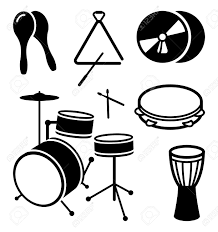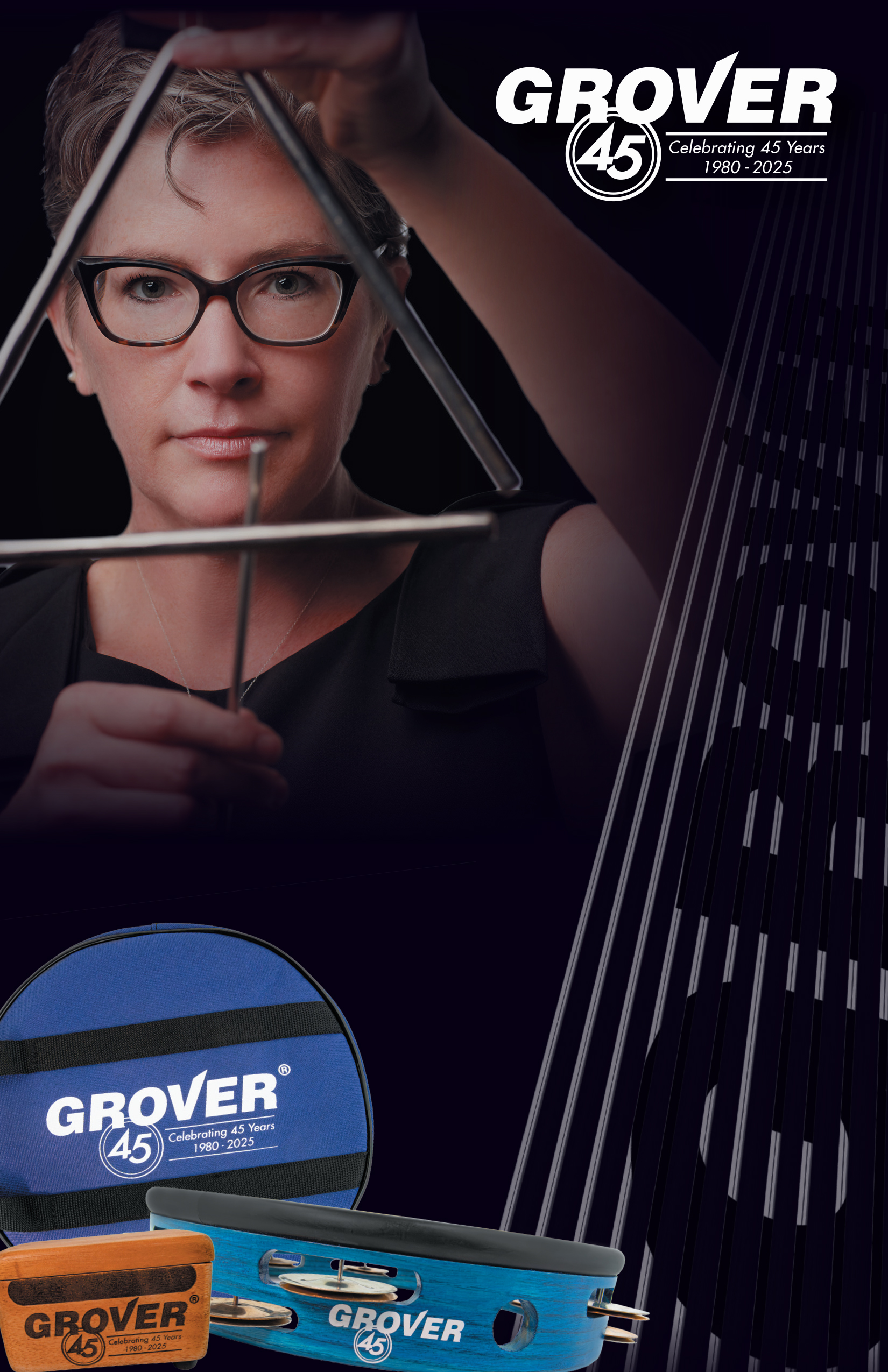 People often ask me, “Why do you have so many tambourines?” Usually this question comes from a non-percussionist. It’s a good question—one that many of us have answered a thousand times. When discussing this topic with colleagues, I often think of an editorial written by Bob Becker in 1989 titled, The Paradoxes of Percussion . I often make this essay assigned reading for my students and their parents. Here is a small excerpt as it relates to the purpose of building an instrument collection.
People often ask me, “Why do you have so many tambourines?” Usually this question comes from a non-percussionist. It’s a good question—one that many of us have answered a thousand times. When discussing this topic with colleagues, I often think of an editorial written by Bob Becker in 1989 titled, The Paradoxes of Percussion . I often make this essay assigned reading for my students and their parents. Here is a small excerpt as it relates to the purpose of building an instrument collection.
Why own ten different triangles, thirty different cymbals, eight different woodblocks? Because the greater the choices among instruments of a given type, the broader the range of expressive possibilities and the greater the opportunity to make a creative musical statement. A well-trained player can manage competently in most contexts with one standard triangle, one standard pair of cymbals, one woodblock and so forth, but a creative performer will always want options of timbre, tessitura and resonance. The individual choices of instruments that a percussionist makes, the specific sticks selected to strike those instruments, and the personalized approach to tuning drums and timpani are factors as critical to defining a unique musical interpretation as is the subtle stroke of a mallet or the elegant phrasing of a melodic line.
How do I build a collection of sounds?
 Building your instrument collection is incredibly rewarding and fun! Use the input of your teachers and colleagues to gather as much information as possible. Use online tools such as Facebook, the PAS website, manufacturer’s websites, YouTube, and any other forum that will help you understand the instruments and the available options. Attend PASIC and play on the instruments! In the instance of tambourines, Grover Pro has a wonderful chart for selecting the sound you are looking to achieve (click the picture below). Look to immediately build diversity in your sound palette, rather than duplicating or complementing a sound you already have. This concept should apply to every category of instrument in your collection…snare drum, crash cymbals, triangles and tambourines, woodblocks, etc.
Building your instrument collection is incredibly rewarding and fun! Use the input of your teachers and colleagues to gather as much information as possible. Use online tools such as Facebook, the PAS website, manufacturer’s websites, YouTube, and any other forum that will help you understand the instruments and the available options. Attend PASIC and play on the instruments! In the instance of tambourines, Grover Pro has a wonderful chart for selecting the sound you are looking to achieve (click the picture below). Look to immediately build diversity in your sound palette, rather than duplicating or complementing a sound you already have. This concept should apply to every category of instrument in your collection…snare drum, crash cymbals, triangles and tambourines, woodblocks, etc.
How do I use my arsenal of sounds in the orchestra or ensemble?
1. Bring as many instruments to rehearsal as possible.
Bring as many tambourines to the first rehearsal as you think could possibly work on the piece. Be sure to do your homework beforehand and understand the characteristics of the sound you want….dark or bright, mellow or bold, quick and dramatic or mature and dry.
2. Alternate instruments as often as possible.
I use the first rehearsal to cycle through as many of my options as possible. Not only do I change instruments at every stoppage in the rehearsal, but I often try and change instruments during a particular passage. Hearing different timbres in the context and flow of the passage—without interruptions or pauses—helps me better understand and process each instrument’s appropriateness to the passage.
3. Ask for input from your colleagues.
It seems logical, but I often see percussionists tentative to ask for input from their fellow percussionists. It can be as quick and easy as thumbs up or a sideways smirk. Your colleagues are often listening to you with no other preoccupation. You are concerned with playing the correct rhythm, watching the conductor, using good technique, playing musically, etc. Your colleagues are simply listening to your sound and how it’s fitting with the sound of the group. It is especially helpful when someone is listening from the audience perspective. They can send you a quick text for immediate feedback. Your feeling and interpretations are still king—as it is “your” sound you are trying to achieve—but your colleagues can be wonderful assets in helping you achieve your sound.
4. Narrow down your choices.
As you move through rehearsals, make notes about your selections. I have often been asked by the conductor to make a change during the dress rehearsal. The conductor can often be specific with his or her instruction–such as a brighter or darker sound—or more open-ended with their critique. Have your second choices in mind and have these instruments within quick reach.
Conclusion
Amassing a library of sounds and colors can be a fun and rewarding experience. It is also a necessity for today’s percussionists. Build diversity within each instrument family and then expand as your budget allows. Have fun using your new sounds in rehearsal and developing your own interpretation. Because the greater the choices among instruments of a given type, the broader the range of expressive possibilities and the greater the opportunity to make a creative musical statement.
 Erick Saoud teaches percussion at Episcopal Collegiate School in Little Rock, Arkansas. He is a member of the Arkansas Symphony Orchestra and a proud endorser of Grover Pro Percussion and Pro-Mark.
Erick Saoud teaches percussion at Episcopal Collegiate School in Little Rock, Arkansas. He is a member of the Arkansas Symphony Orchestra and a proud endorser of Grover Pro Percussion and Pro-Mark.
Erick’s performance schedule takes him to various colleges and universities each year. His 2010 solo recitals will feature two newly commissioned works by Halim El-Dabh and Anthony Donofrio. Recent concerto performances include engagements with the Little Rock Wind Symphony, San Angelo University, McKendree University, and the Hendrix University Wind Ensemble.
Mr. Saoud is a consistent contributor to Percussive Notes journal, with articles ranging from advanced marimba techniques to developing a wide-ranging percussion curriculum. His principle teachers were Thomas Burritt, Gary Cook and Norman Weinberg.

Leave a Reply